BARNS HAVE STORIES

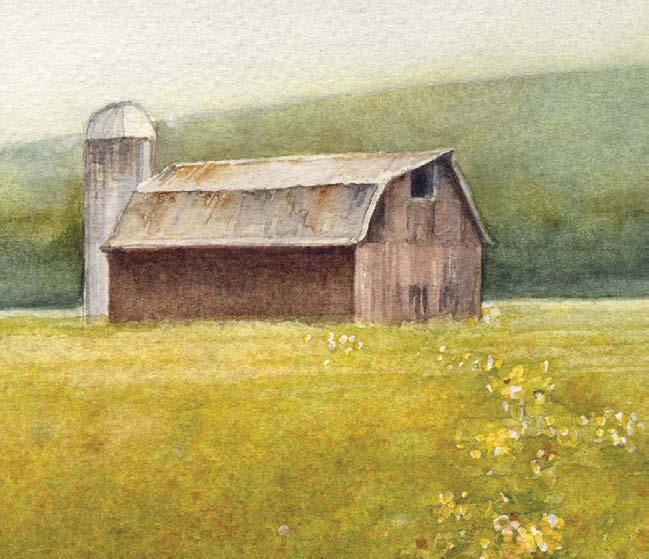



Barns Have Stories invites the viewer to drive along some roads in Hampshire and Hardy counties in West Virginia and see farm life through the eyes of two artists, Kristen Colebank and Susan Feller.
The quintessential farm structure, barns serve many needs. They may be specifically for storage or to shelter animals, while others are production spaces. Many fulfill combinations of these tasks. Because of these varied purposes, the way they reflect the use of the land, available building materials, and stylistic choices, barns can be very individual.
The barns in this collection represent structures built in the early- and mid-20th century, with a few exceptions. Given their age, shifts in farming practices, and land usage, many of these buildings are not faring well, left only with the exposed timbers. Some, like the former Beery Barn near Augusta, W.Va., have been taken down for salvaging. The methodical disassembly of that barn sparked this collection.
Best known for her work with traditional rug hooking, Susan has been expanding her artistic
practice by using digital tools to “paint” and experiment with ideas. She ordered custom-printed fabric featuring her designs for use in this collection’s fiber works adding quilting along with rug hooking, painting, and construction to the mix.
Kristen’s contribution is a set of representational watercolor landscapes featuring barns from the valleys of the Lost River and Cacapon rivers in Hardy and Hampshire counties. Kristen also drew inspiration from Susan’s visual cues of exposed barn timbers to paint a series of abstracted watercolors that focus on barns’ structural elements, revealed by strong value contrasts as light would shine on and sometimes through the buildings.
As a collection, featuring barns in agrarian landscapes and studying how barns are put together reveal their strength as well as their fragility, and reminds us of their historical importance in rural life.
The collection was exhibited together at the Grasshopper Gallery in Lost River Trading Post, Wardensville, W.Va., in early 2025.
Aswe drove through the country roads my mother would point out an aging barn and proclaim “That building has a story.” Decades later I enjoy noticing different rooflines, silo shapes and materials and wonder who the builders were, what the purpose was for a square silo attached to a barn, or a quonset hut roofline on a dairy barn, or the same lightning rods put on so many barns. This is the background for our exhibit Barns have Stories.
Traditional handcrafts of rug hooking and embroidery bring tactile interest to my work and digital drawings, reproduced on fabric, add contrast in the quilted pieces. These crafts rely on a hook or needle, fabric and lots of time.
Many of the farms here in the Potomac Highlands are still in the same family. The Loy’s Farm on Ford Hill Road was designated a Century Farm. Metal pole barns have replaced wooden structures throughout because they are easier to maintain. But they don’t evoke the nostalgia of a wooden timber frame structure.
Throughout the exhibit one name appears. Stephen Kline’s family has lived in Hampshire County for generations. Both his Grandpaps were farmers and his father’s carpentry skills were passed down to Stephen. We met over twenty
five years ago when he agreed to dismantle the former buckwheat processing mill we owned. On a handshake and wish for safety we agreed Stephen could salvage the materials leaving us with the foundation stones.
Over the years I have photographed many of Stephen’s projects. The most ambitious, the Beery Barn, is chronicled on fabric in this collection. In March of 2020 Stephen began to dismantle the massive barn in preparation for a solar farm. Located just south of RT50 in Augusta on Ford Hill Road this aging barn had been photographed for decades. Daily I captured sunrise through the timbered skeleton, the light shining through an empty bottle, Stephen rhythmically loosening the siding and then patiently taking nails from each salvageable board. His work style to find new use in “scrap” is an example of many West Virginians.
Another example of farming I love is haying season. We notice the linear mowed rows, huge round bales dotting the fields, and eventually trucked off to feed animals throughout the winter. Geometry in nature is fascinating.
Curious about the process and stories behind these works? Follow me on IG at @ArtWools and on Bluesky as @SFeller24.bsky.social.
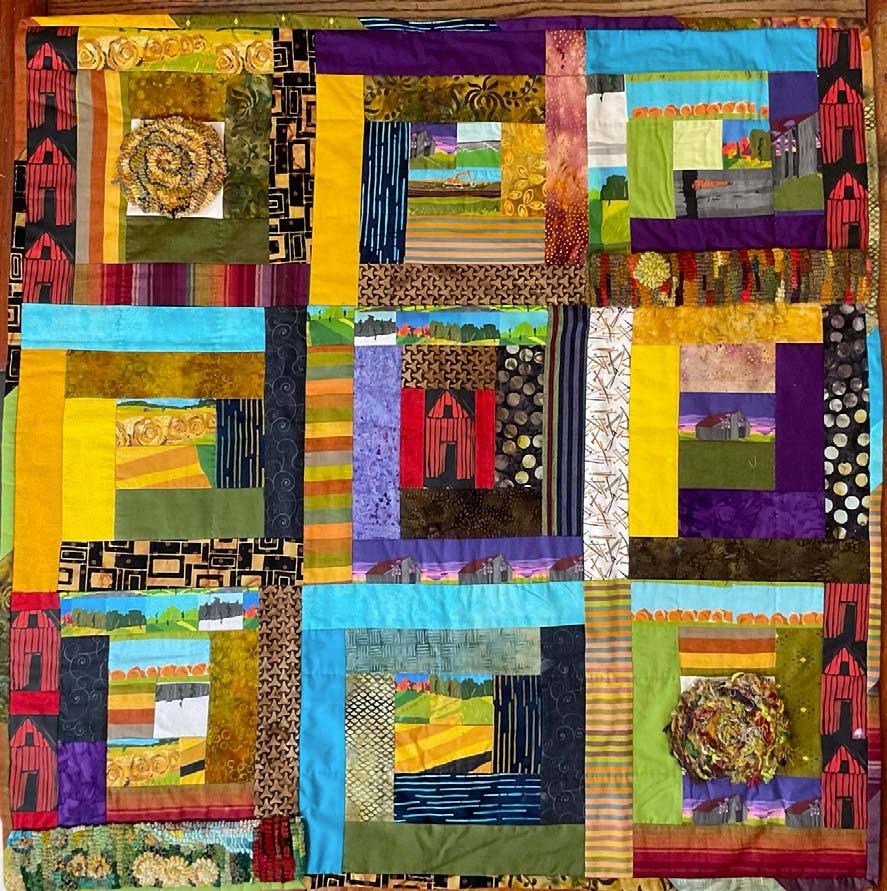
Hooked motifs, pieced from artist-designed fabric, quilted, rod included to hang 36x36

Susan Feller
Neighbor’s Barn Rug hooking, framed 11x14
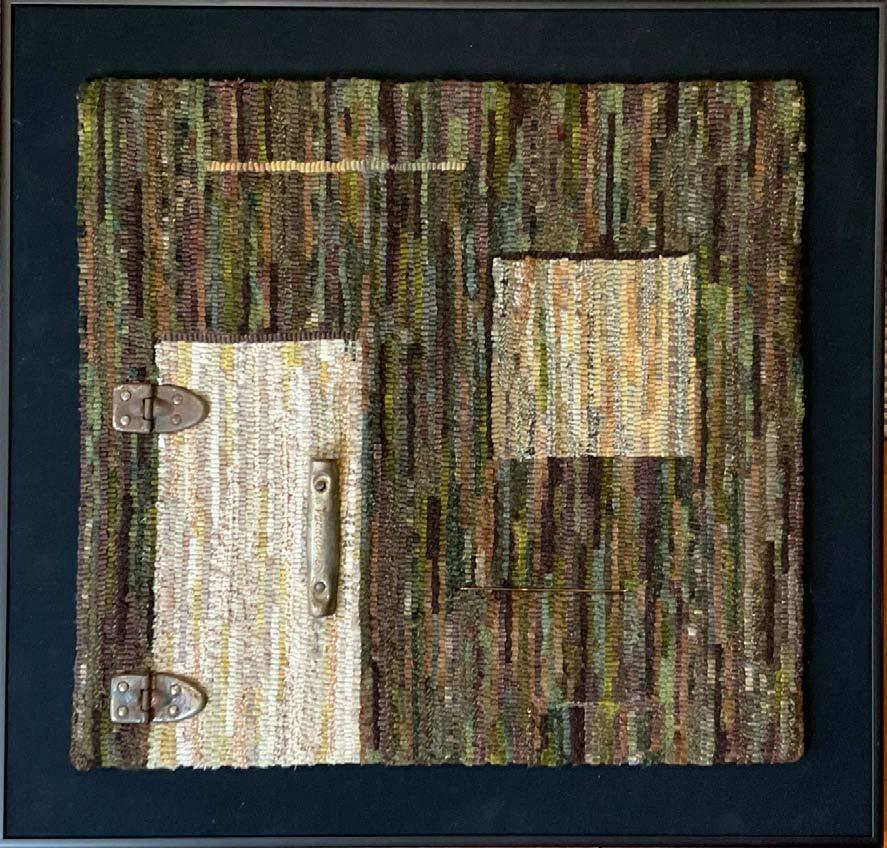
Susan Feller
Neighboring Barn Rug hooking with metal handle, latches 20x21

Susan Feller
Barn at Night
Wool appliqué 5x5 mounted, framed 8x8
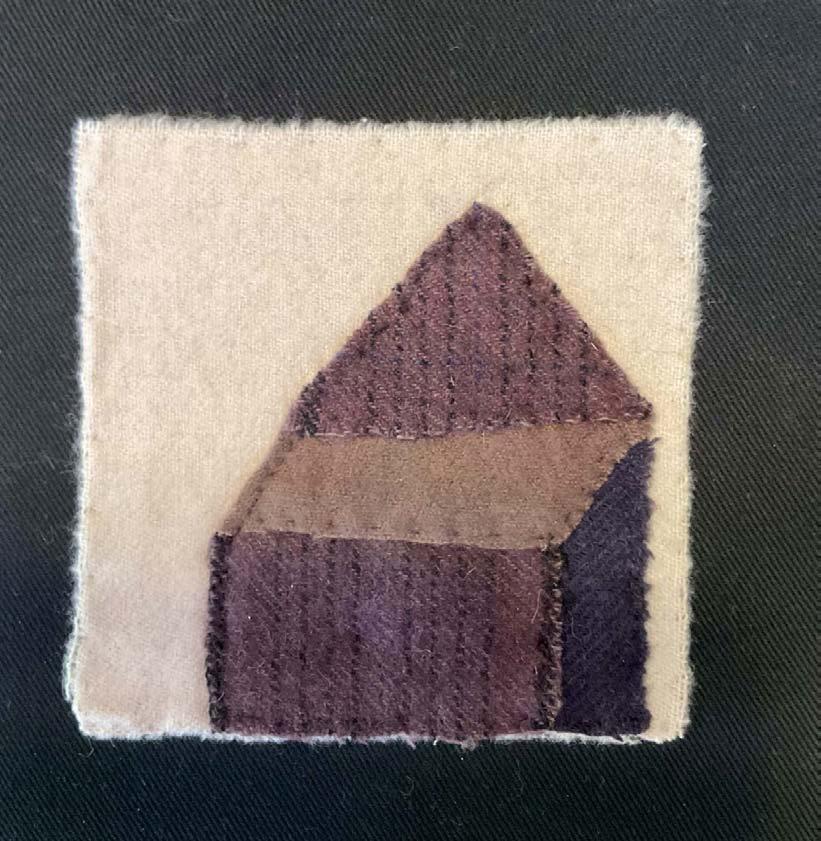
Susan Feller
Barn in Daylight Wool appliqué 5x5 mounted, framed 8x8

Artist-designed fabric, hooked motif, stitched on canvas 11x14

Three Hay Rolls Artist-designed fabric, hooked motifs stitched on canvas 11x14
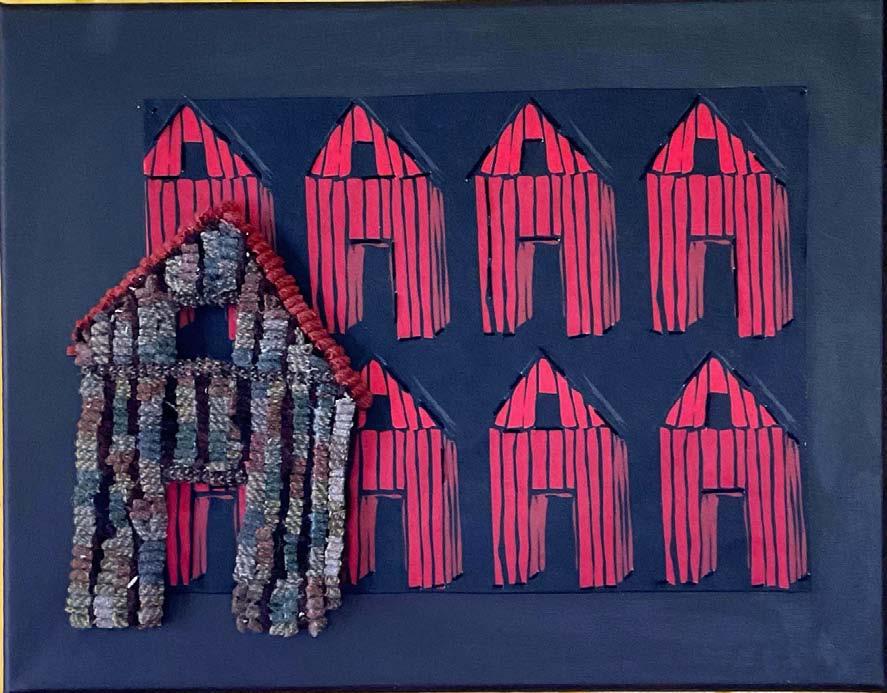
Barns, Barns, Barns
Artist-designed fabric, hooked motif, stitched on canvas 11x14

Barn in Five Seasons
Artist-designed fabric, hooked motif, stitched on canvas 11x14
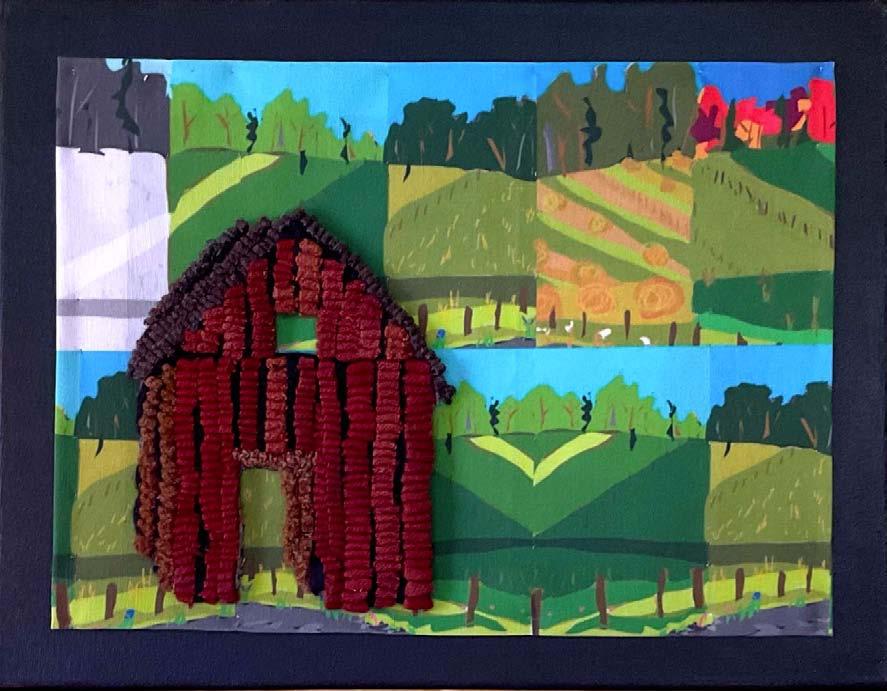
Red Barn and Seasons
Artist-designed fabric, hooked motif, stitched on canvas 11x14

3-D box rug hooking, paint, appliqué
Mounted on 12” base
Barn is 9x9x9

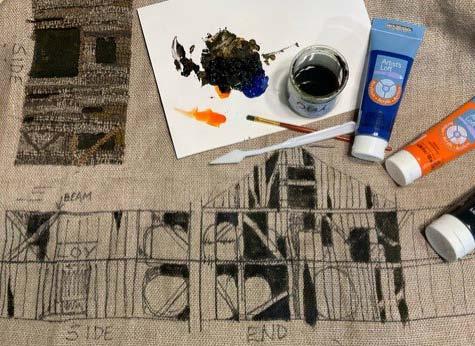

Design drawn on linen. Strips of wool fabric hooked, hay roll fabric stitched, cut apart, assembled.
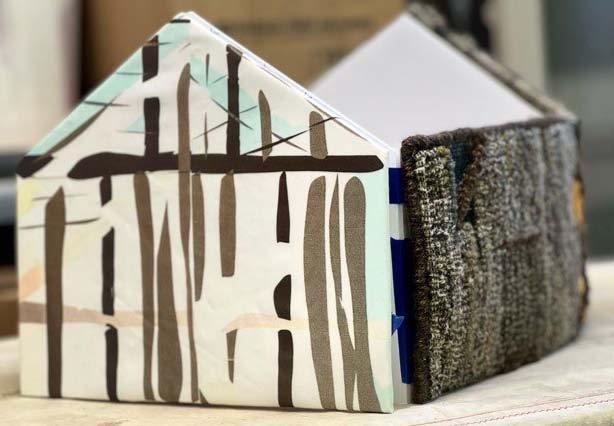
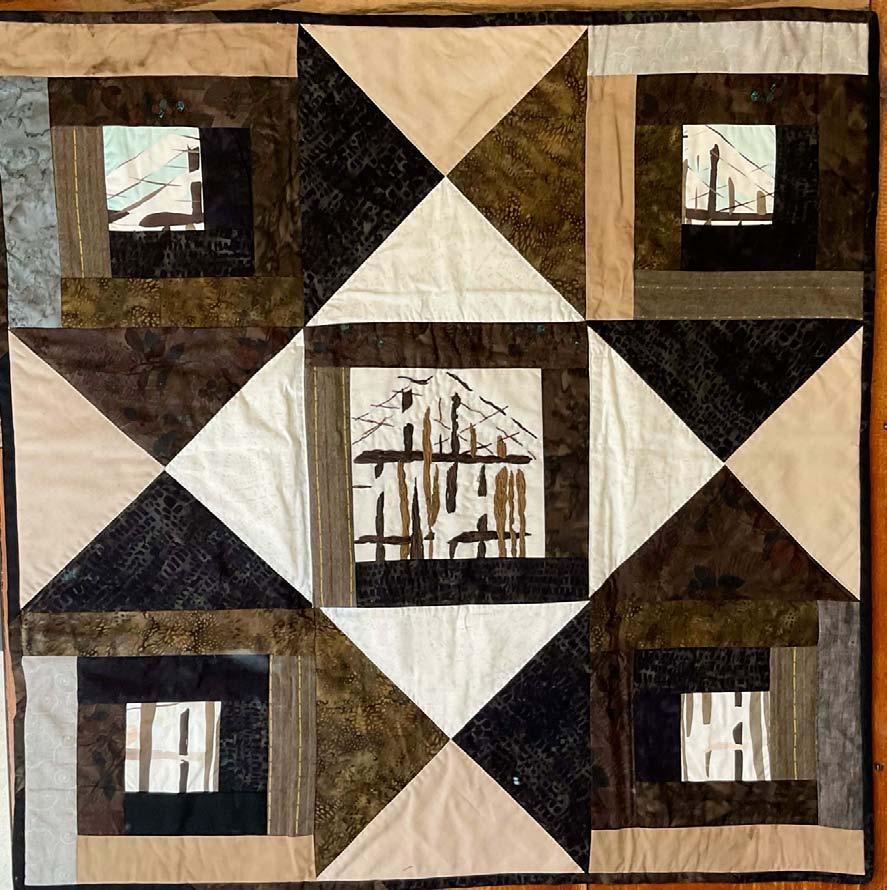
Pieced from artist-designed fabric with embroidery, quilted, rod included to hang 36x36

Artist-designed fabric, hooked motifs, stitched on canvas 11x14

Susan Feller
Mixed media, rug hooking, weaving, appliqué 12x16

Fabric pieced, mounted on canvas 12x16

Pieced from artist-designed fabric, quilted, rod included to hang 36x36


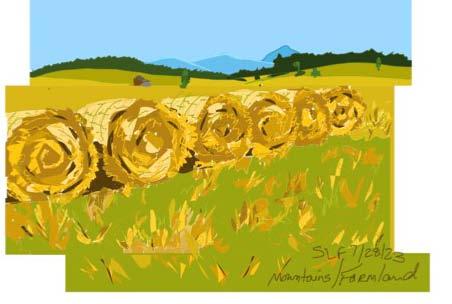


Process Photos Digital drawings for custom-printed fabrics
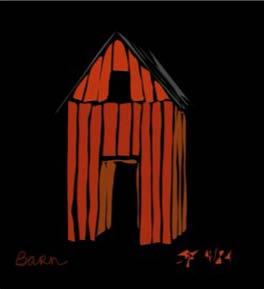

Neighbor’s Barn
■ Neighbor’s Barn
■ Neighboring Barn
■ Barn at Night
■ Barn in Daylight
Barn motif
■ Freshly Mowed Field
■ Red barn printed on fabric
■ All pieces with single hooked barn and printed fabric with five seasons
Loy’s Farm
■ Loy’s Barn (3D barn)
■ Nine Patch Abstract Barn
Hay rolls/fields
■ Printed fabric with hay rolls or five seasons
■ Haying Season
■ Fresh Hay Rolls
Pugh/Saville Farm
■ Printed fabric with John Deere tractors, line of hay rolls, Stephen working, nails
Beery Farm/Solar
■ Nine Patch Stephen
■ Stephen at Work
■ Printed fabric barn at dawn, bulldozers, solar panels
Augusta
Beery Farm/Solar
Pugh/Saville Farm
Hay Rolls/Field
Farm
Neighbor’s Barn
Maps not drawn to same scale
Igrew up on a farm, so barns are a trigger for many personal memories and stories. But the barns I knew as a child in North Central West Virginia don’t look much like the barns that are part of this exhibition because the land is different in the Potomac Highlands, and that influences the design of buildings such as barns.
In my area, we did not have any flat land because the topography was a jumble of hills. So, farms were small, didn’t have a lot of suitable land for row crops, and could not produce enough hay to support large herds of cattle. As a result, barns were often very plain and could be especially utilitarian. One of our barns, for instance, was a series of additions built onto and beneath an old house. But even though there weren’t a lot of picturesque barns nearby, I always found myself noticing clusters of barn styles when going to other places in West Virginia, often on school trips up and down I-79.
That awareness of barn styles did not prepare me for the variety of barns I would see in the Potomac Highlands as an adult. I had to adjust to a very different landscape, because the area east of the Allegheny Front is shaped by a distinctive series of parallel ridges and broad valleys. And with landscape changes, the usage of land and the types and scale of farming practices were different than what I had known. The farms in the valleys of Hardy and Hampshire counties were often large, the land was flat and rich enough to sustain row crops and sizeable animal herds and flocks, and the assortment of barn styles and sizes was spectacular.
However, in the decades that I’ve lived in Hardy County,
as much as I have appreciated our beautiful agrarian landscape, I’ve also noticed changes. As I drive around, I still see a lot of barns, but some barns have seen better days. Farming practices change, families change, and the barns might not be used in the same way or as much. In some cases, the land changes, perhaps to make way for housing lots, road construction, or is left to grow up and return to brushland and forest.
So, when Susan asked me if I would be interested in joining her in this exhibition, I was eager to do so. I wanted to document some of the barns I saw regularly along the roads in the Lost River and Cacapon River valleys. Painting these structures and surrounding landscapes in watercolor hints at the fluidity of our experiences and the potential frailty of the barns.
As I started working, I also noticed how some of the barns had openings in their sides allowing me to look through them and see their interior structures. So given the variety of barns in the area, I thought it was appropriate to create two styles of paintings for this show, both in watercolor. One set of watercolors is traditional and representational, showing barns in their landscapes, and the other set features abstracted designs that focus on the structural elements, angles, and shapes of farm buildings. And to mesh with Susan’s wonderful pieces I’m referring to the abstracted series as “Patchworks.”
I’m going to keep working on both series, so I hope you will follow what comes next. You can see what I’m up to on Facebook and Instagram at @waitesrunstudios.

Kristen Colebank
Valley Landmark
Varnished watercolor –paper mounted on panel and sealed 5x7
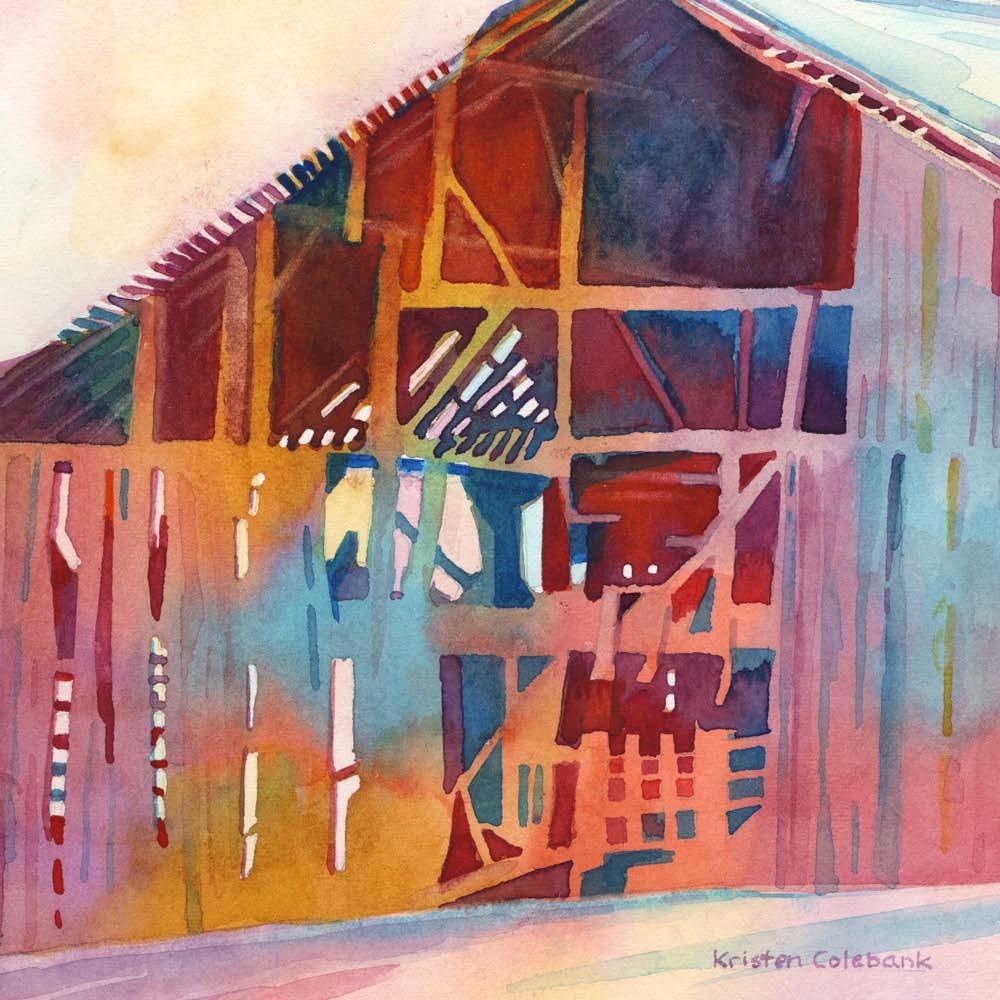
Kristen Colebank
Patchwork: Inside Out
Watercolor
6x6

Kristen Colebank Brighter Side
Varnished watercolor –paper mounted on panel and sealed 5x7

Kristen Colebank Shimmer
Varnished watercolor –paper mounted on panel and sealed 6x6

Kristen Colebank
Patchwork: Half Circles
Watercolor
4.5x4.5
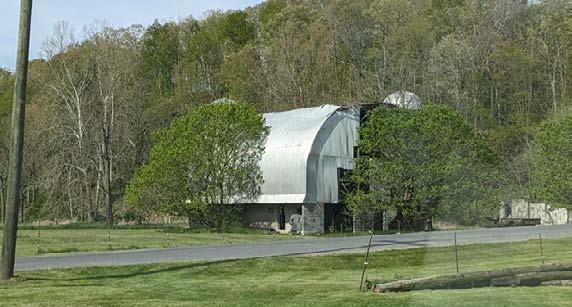
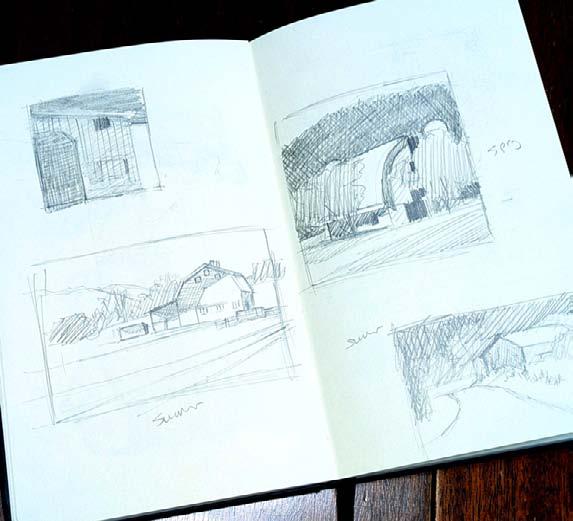


The paintings in this collection were painted from photo references, which were developed into compositions through sketches. Sketches allowed for testing value plans (placement of light and dark areas). As paintings were finished, they would be photographed in black and white to check that the values were working as planned.
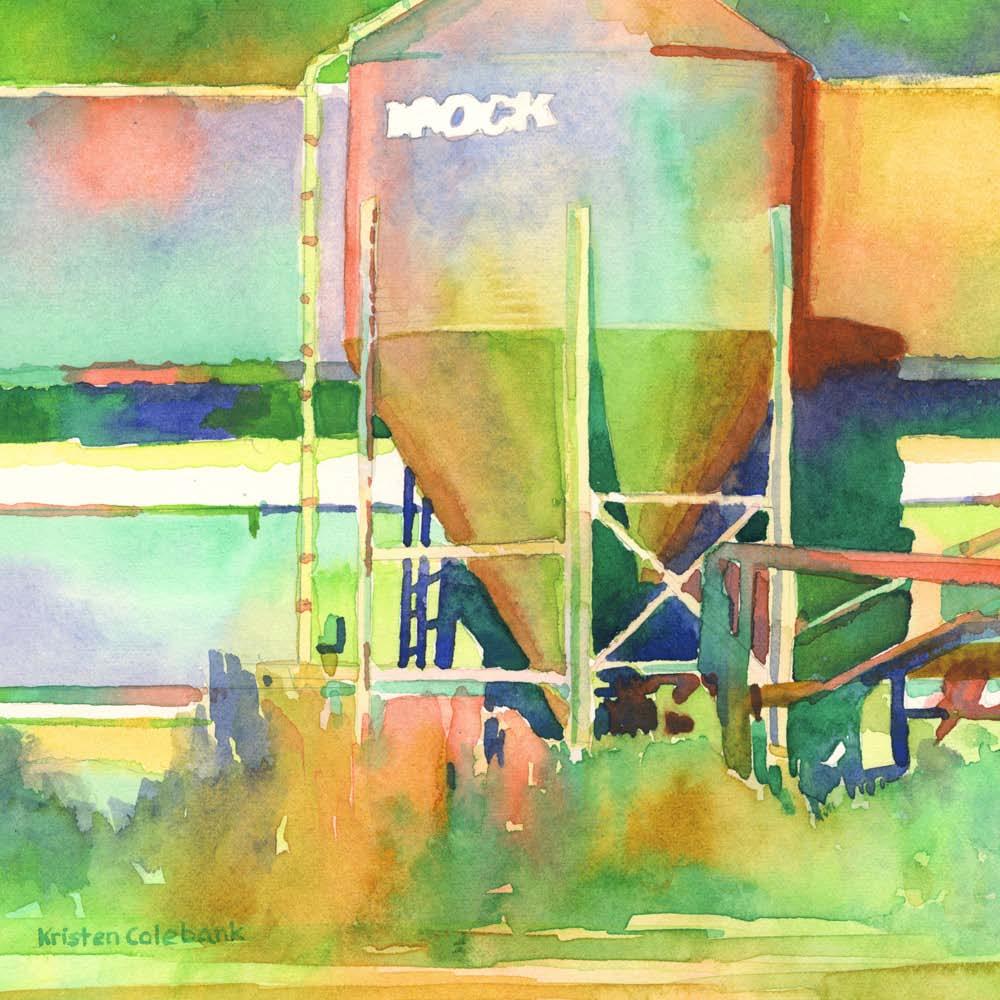
Patchwork: Food for Thought Watercolor
6x6
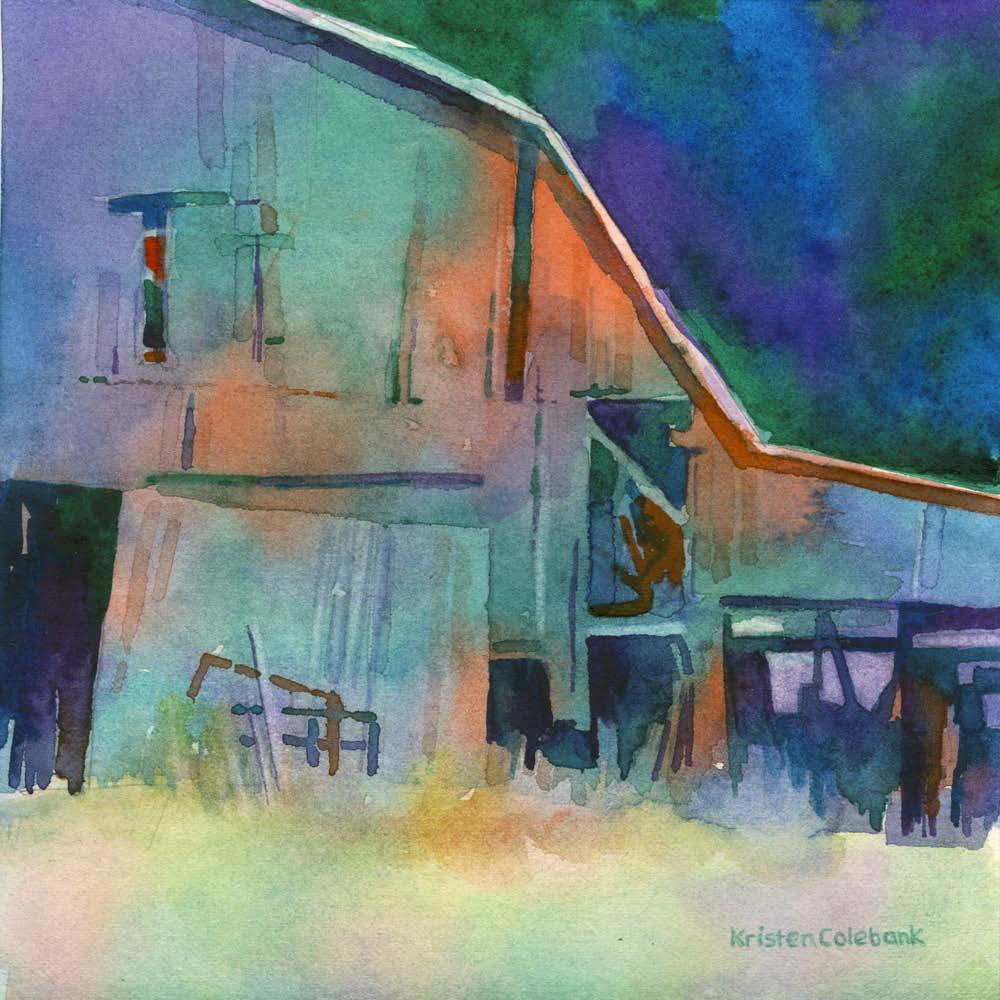

Kristen Colebank
Patchwork: Open-Ended Watercolor
4.5x4.5

Kristen Colebank
Farm Fresh
Varnished watercolor –paper mounted on panel and sealed 5x7
P3
P4
P5
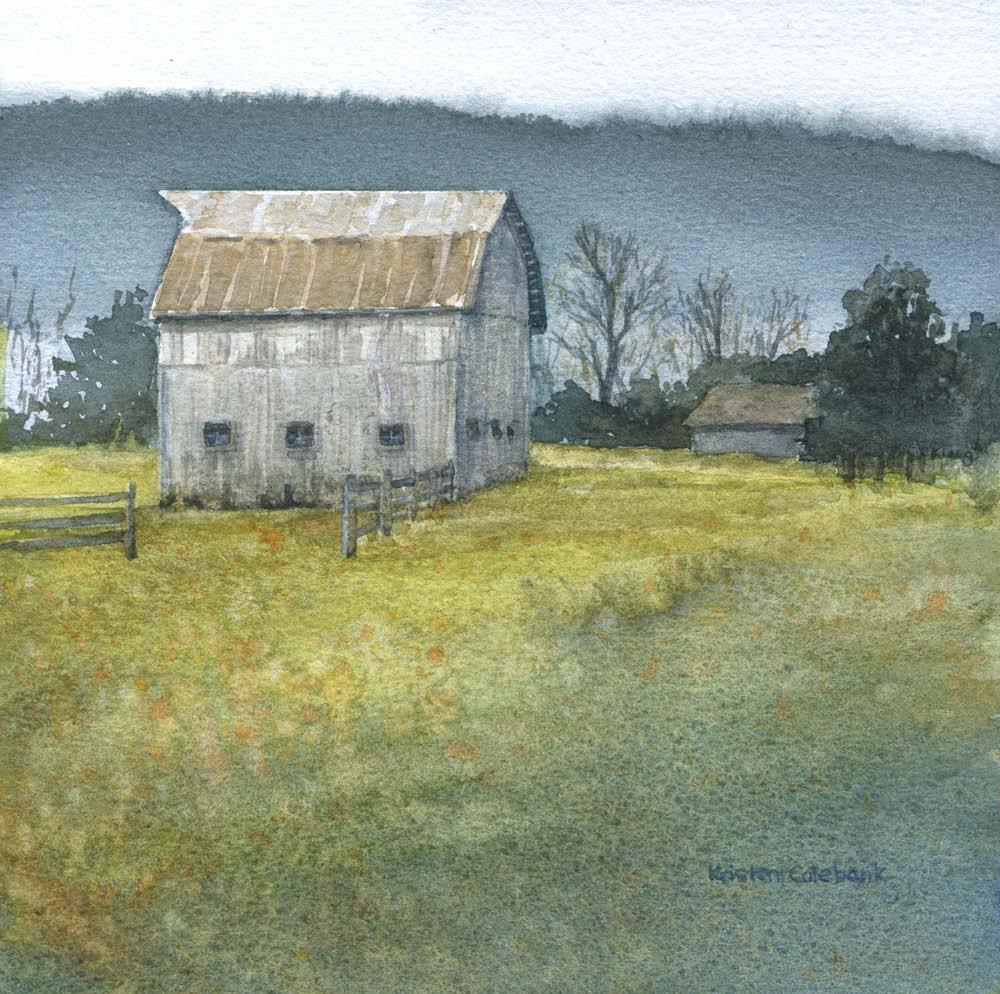
Kristen Colebank
Varnished watercolor –paper mounted on panel and sealed 6x6
The representational paintings in this collection are framed without glass because they are varnished watercolors. They are painted on traditional watercolor papers that have been attached to gessoed hardboard or aluminum composite panels. Watercolor panels can be made by the artist using archival materials, or purchased pre-made. Once painted, the panels are varnished with multiple coats of archival spray varnish, and then sealed with cold wax medium.
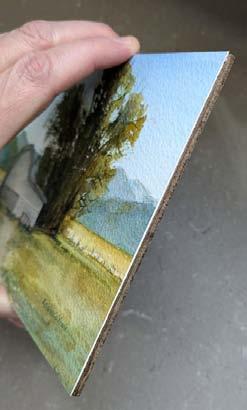

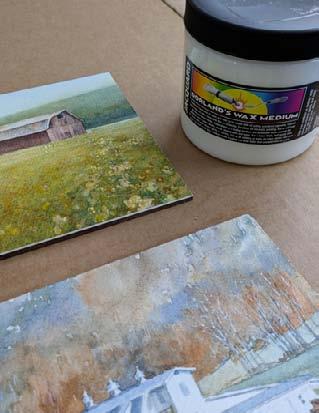
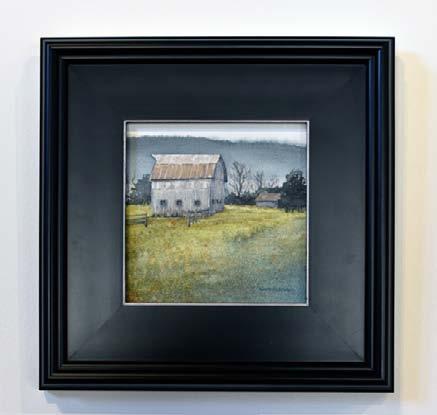
It is labor intensive to prepare and seal a varnished watercolor, but the benefit is that the painting does not need glass, so there is no glare to detract from the painting.

Kristen Colebank
Resolute Varnished watercolor –paper mounted on panel and sealed 6x6

Kristen Colebank
Granary Snow
Varnished watercolor –paper mounted on panel and sealed 5x7
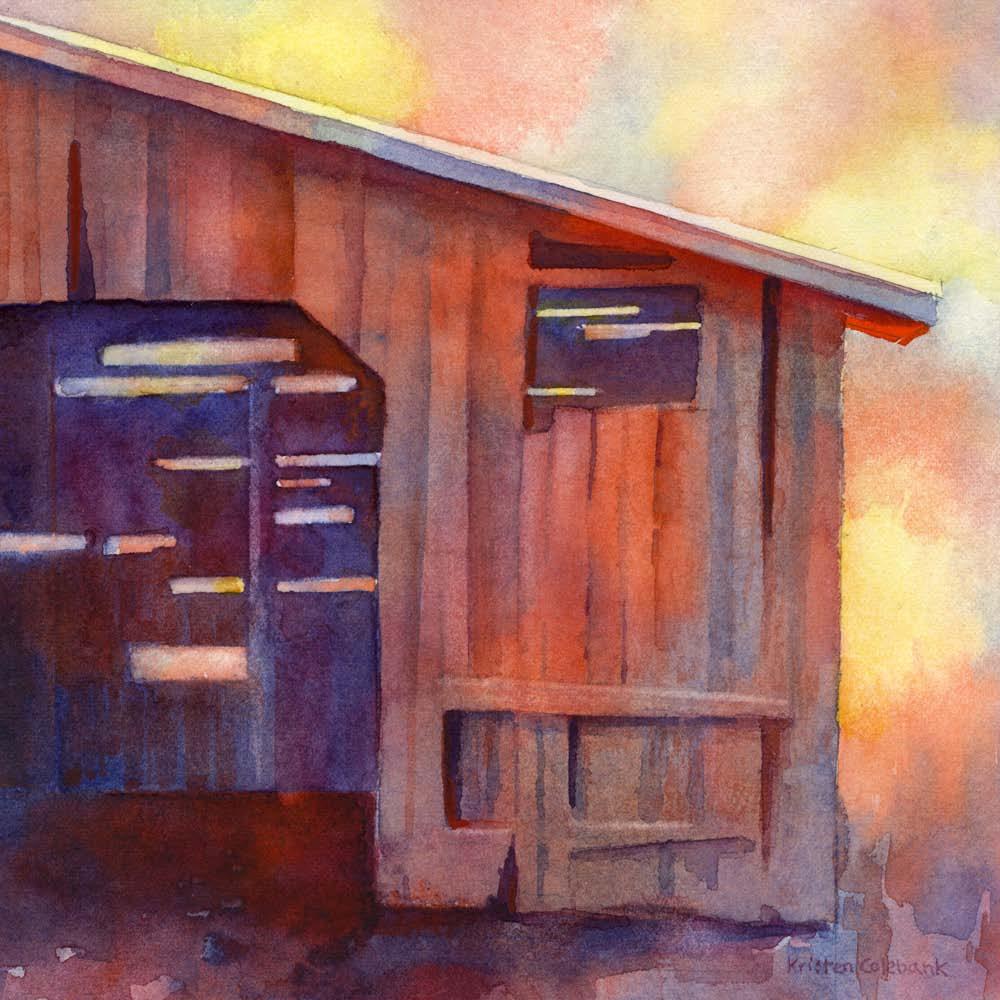
Patchwork: Dark Corners
Watercolor
6x6
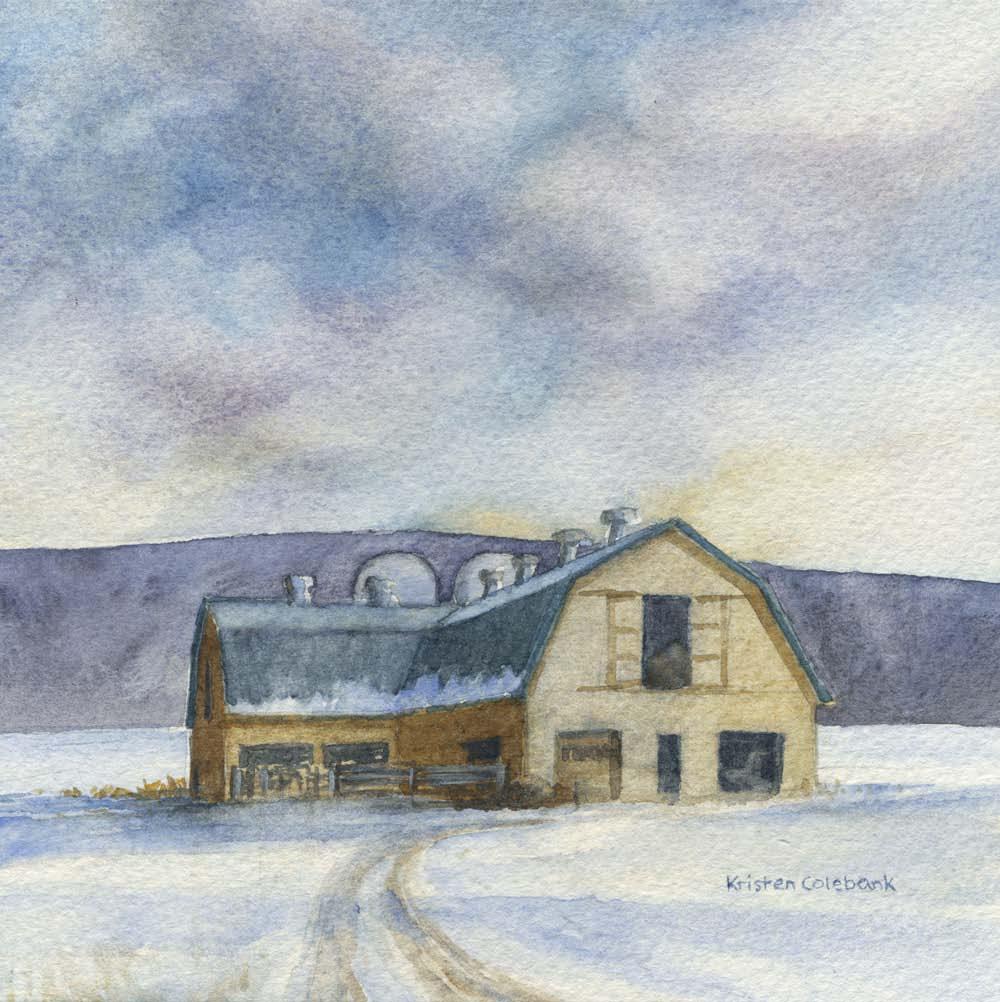
Kristen Colebank
Stately Varnished watercolor –paper mounted on panel and sealed 6x6
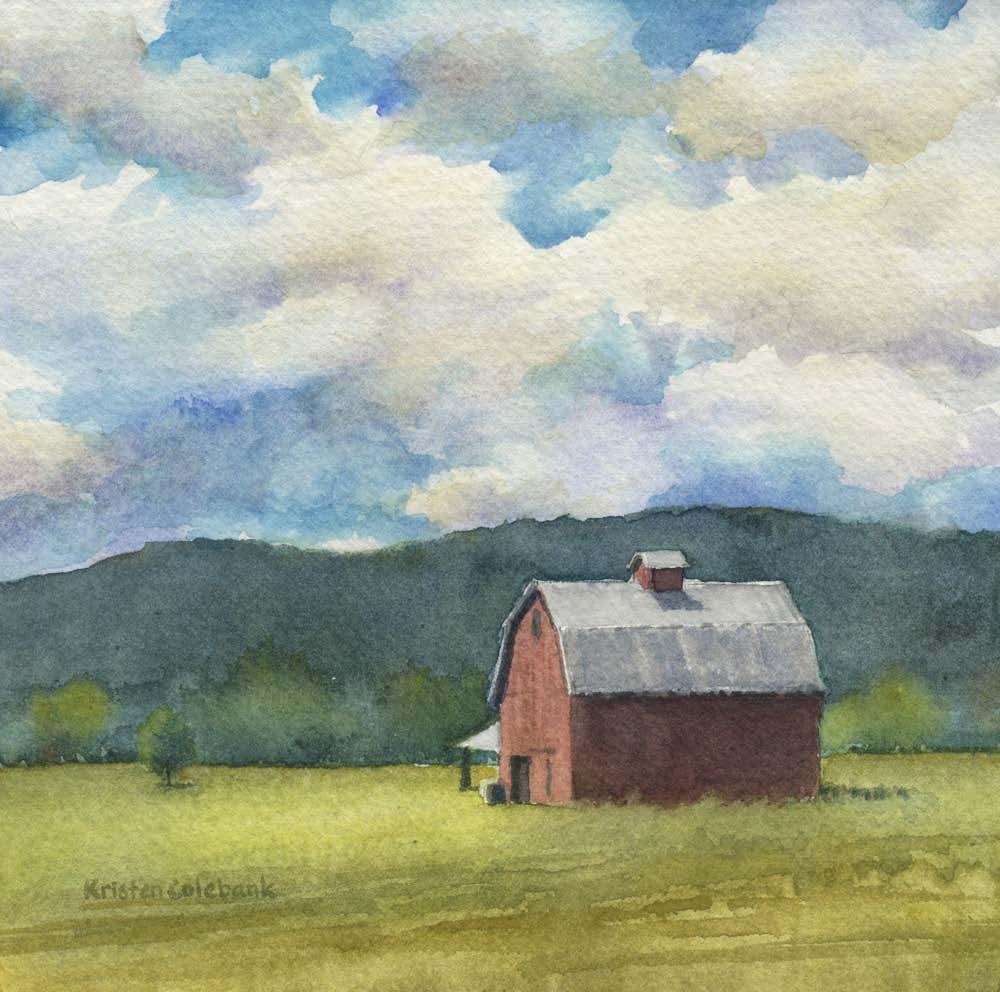
Kristen Colebank
High Summer Varnished watercolor –paper mounted on panel and sealed 6x6
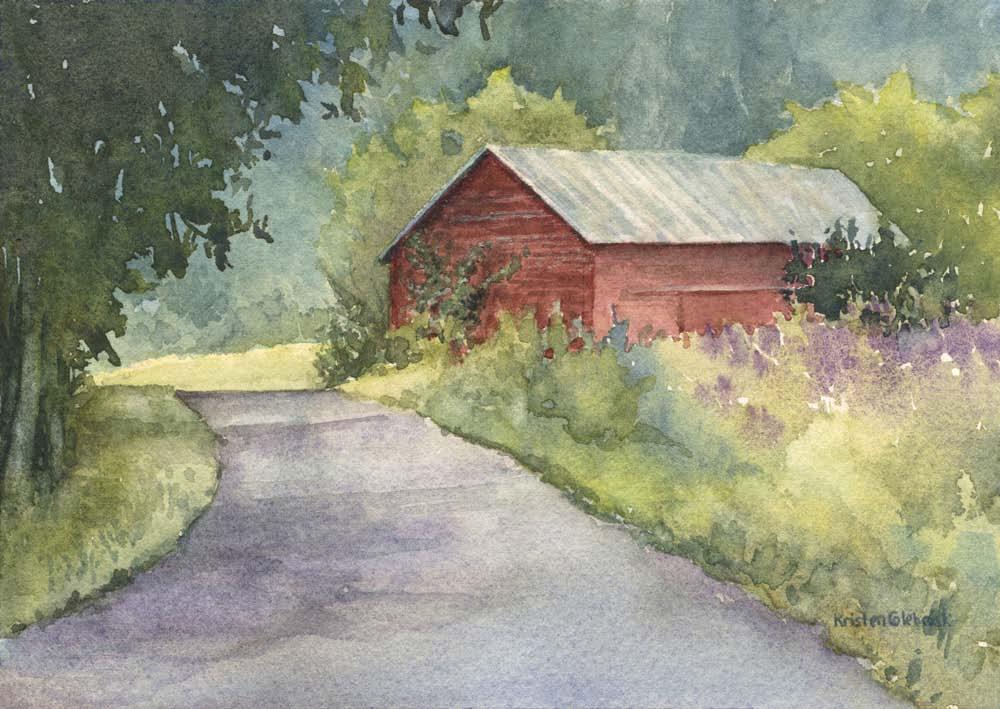
Kristen Colebank
Riverside Varnished watercolor –paper mounted on panel and sealed 5x7